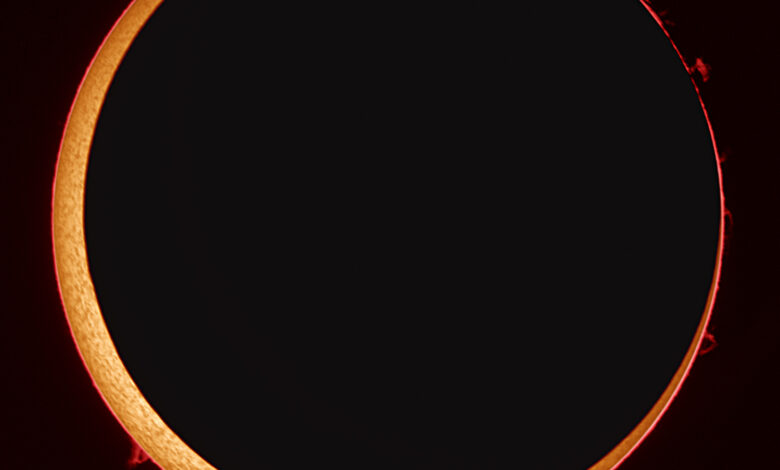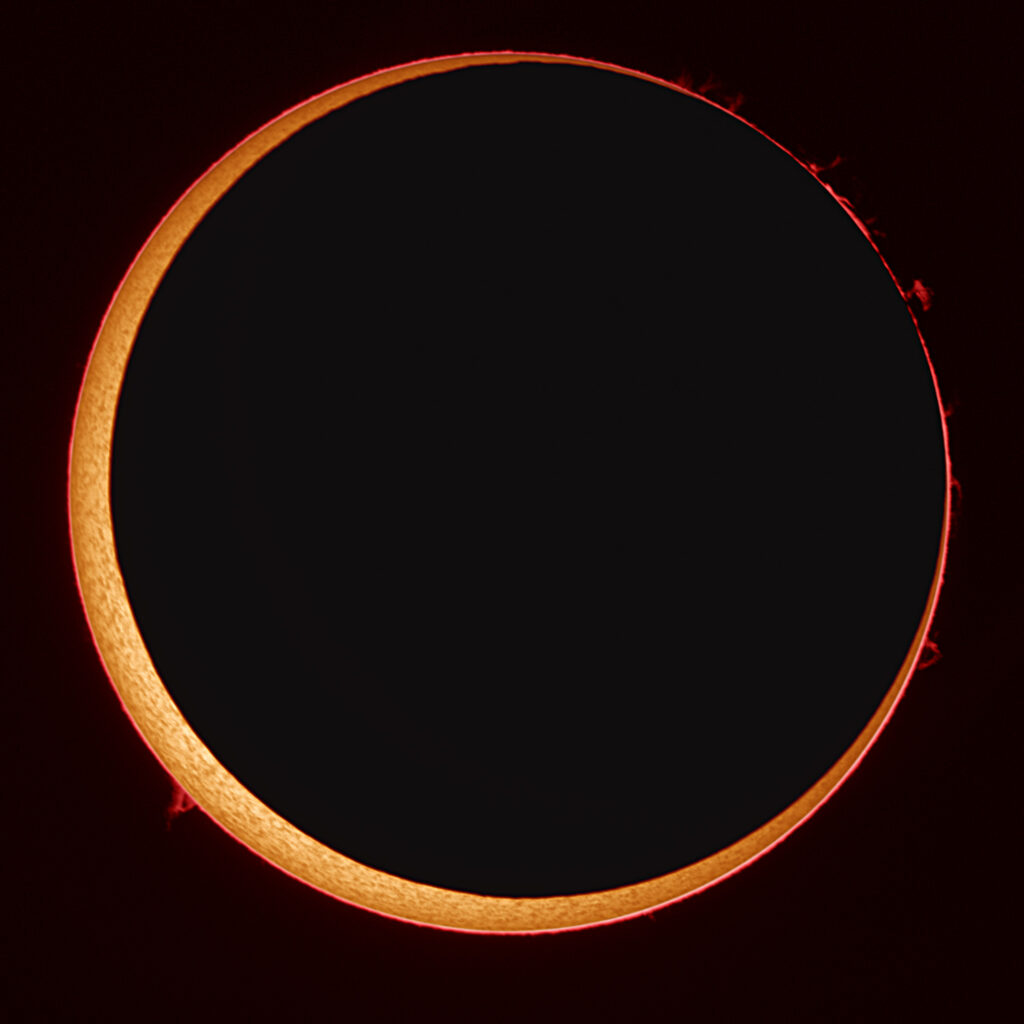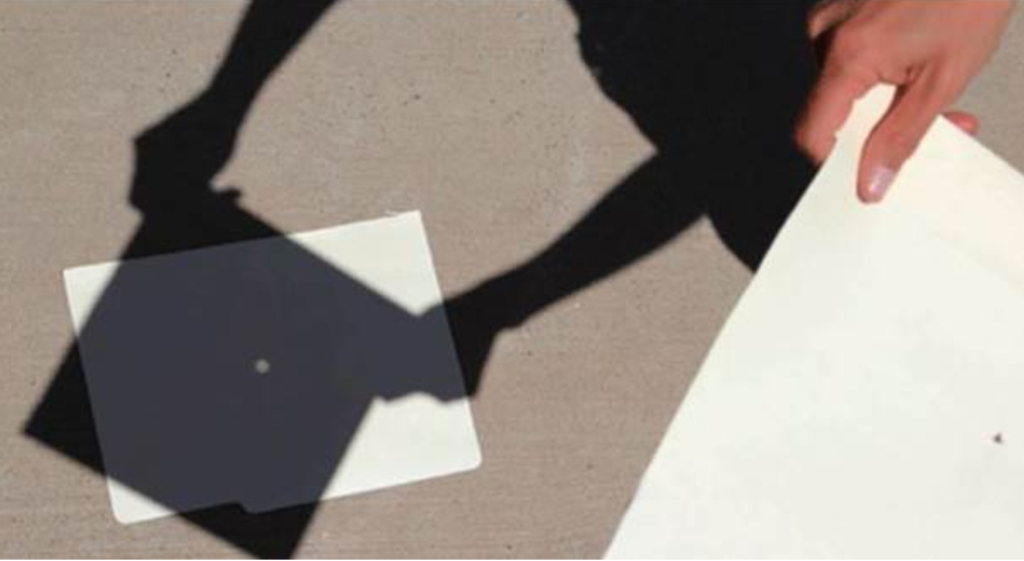Solstice ring of fire solar eclipse, June 21, 2020


A rare celestial event, annular solar eclipse, popularly called as ring of fire eclipse will be visible this Sunday. The first solar eclipse of this year takes place on the summer solstice, which is the longest day in the Northern Hemisphere. While people living along the path annular eclipse passing through Anupgarh, Suratgarh, Sirsa, Jakhal, Kurukshetra, Yamunanagar, Dehradun, Tapowan and Joshimath will be able to see the annular phase, people in rest of India can witness a partial eclipse.
When Moon comes between the Sun and Earth, the shadow falls on the surface of the Earth. The Sun is entirely covered by the Moon for a brief period. Those places that are engulfed by the dark, dense umbral shadow of the Moon experience the total solar eclipse. In the regions that plunge into the soft diffused penumbral shadow of the Moon experience the partial eclipse. In all solar eclipse the Sun, Moon and Earth may not be perfectly aligned, and then we only have a partial eclipse. When the three celestial bodies happen to be in a straight line, we have Total solar eclipse.
“Annular solar eclipse is a particular case of the total solar eclipse. Like the total solar eclipse, the Moon is aligned with the Sun. However, on that day, the apparent size of the Moon happens to be a wee smaller than the Sun. Hence the Moon covers the central part of the Sun, and the rim of the Sun appear like a ‘ring of fire’ in the sky for a very brief moment” explains Samir Dhurde of The Inter-University Centre for Astronomy and Astrophysics, Pune.

The distance between the Earth and the Moon at the moment of the eclipse can dictate the type of eclipse that will take place. The distance between the Earth and the Moon is always changing due to the egg-shaped elliptical orbit of the Moon. This means that there are times where it is closer to the Earth and appears slightly bigger in the sky and times where it is farther away and appears somewhat smaller in the sky. Coincidentally, during the eclipse that takes place on June 21, 2020, the apparent size of the Moon is smaller than that of the Sun by 1%.
At the onset of the solar eclipse, Sun gives a characteristic appearance of a bitten apple. A small part of the Sun is covered by the disc of the Moon. After that, slowly and steadily the disc of the Moon embraces larger and larger part of the Sun. On a narrow track that the Moon’s shadow traces on Earth during an annular solar eclipse, people can see the Moon traversing on the Sun and covering the central part. As the Moon is not able to block out the entire Sun, a bright ring of sunlight around the Moon will be visible. This is how this type of eclipse earned the nickname the “ring of fire” eclipse.
“If we miss this opportunity, in India we have to wait for about 28 months for the next solar eclipse. The next solar eclipse , which will be a partial solar eclipse, visible from India will take place on October 25, 2022. It would be visible in the western part of India” said Aniket Sule, Chairperson, Public Outreach & Education Committee of the Astronomical Society of India.
Sun is a very bright object, and looking at it directly can cause severe damage to the eye and vision. There are special goggles made for looking at the Sun. These goggles filter the sunlight for safe viewing. “Often the Public Outreach and Education Committee of Astronomical Society of India and other astronomical institutions/ planetariums and other science popularisation agencies usually make arrangements for safe viewing of the eclipse. However, due to the lockdown this time, we are not able to make solar filters available. Further, we strongly advise people not to gather in large numbers to view the eclipse given the pandemic situation. There are easy tips for viewing the eclipse from the safety of your home” says Arvind Paranjpye, Director, Nehru Planetarium, Mumbai.
Allying rumours that the eclipse will mark the end of coronavirus, Aniket Sule said “Solar eclipse is caused when the Moon comes in front of the Sun for a short time. As seen from Earth eclipses occur somewhere in the Earth 2 to 5 times a year. Eclipses do not impact microorganisms on Earth. Likewise there no danger in eating of stepping out during an eclipse. No mysterious rays come out of the Sun during an eclipse.”
Tips for viewing the eclipse:-
Do not use sunglasses, goggles, exposed x-ray sheet or lampblack over a glass. They are not safe. Nor is viewing the Sun’s image on the surface of the water.
Welders glass #13 or # 14 can be used to see the Sun directly with naked eyes.
Make a pinhole in a card sheet and hold it under the Sun. At some distance, keep a screen of white paper. Image of the Sun can be seen on this sheet. By adjusting the gap between the sheet and the screen, the image can be made larger.
Look at the shadow of a bush or a tree. With the gaps between the leaves acting like a pinhole, numerous images of the eclipsed Sun can be seen on the ground. \
You can use a strainer for making pinhole images.
Cover the ‘compact’ makeup kit mirror with black paper, with a small hole at the centre. Reflect the image of the Sun on a distant wall in shadow. You can get a projected image of the eclipsed Sun.
Bhuj will be the first town in India to see the beginning of the eclipse 9:58 a.m. The eclipse ends 4 hours later at Dibrugarh, Assam at 2:29 p.m. Ghersana at the western boundary of India will be the first to witness the annular phase of the eclipse at 11:50 a.m. It will last for 30 seconds. Kalanka peak in Uttarakhand will be the last major landmark to see the annular eclipse at 12:10 p.m. lasting for 28 seconds.




